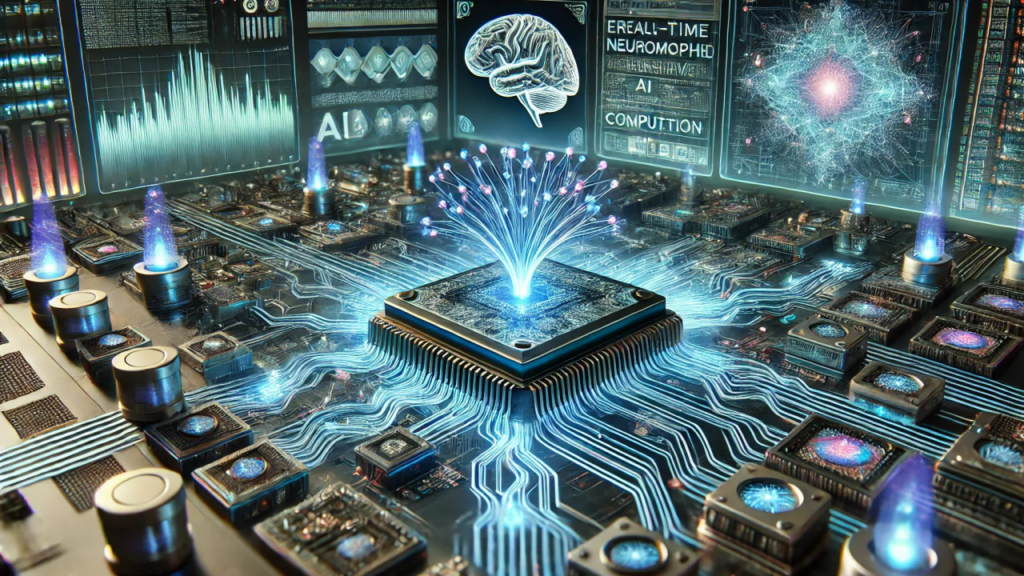Researchers at the Massachusetts Institute of Technology (MIT) are advancing brain-inspired computing technologies to make artificial intelligence systems more energy efficient and environmentally sustainable. Their work focuses on electrochemical neuromorphic computing, a novel approach that integrates memory and processing in a single device, mimicking the function of neurons and synapses in the human brain.
How Neuromorphic Computing Works
Traditional computing separates memory storage from processing, requiring significant energy and time to transfer data. In contrast, MIT’s neuromorphic devices process and store information in the same physical location. Using materials that can reversibly move ions, these systems can encode information and adaptively “learn” patterns, closely emulating biological synapses while consuming far less power.
Energy Efficiency Meets AI Complexity
As AI models grow larger and more complex, the energy required for training and operation has surged. MIT researchers aim to address this challenge by developing low-power, brain-like processors that handle AI workloads directly in memory. By minimizing data movement, the devices promise substantial reductions in energy consumption compared to conventional semiconductor-based AI hardware.
Potential Applications and Future Impact
The long-term vision is to create scalable neuromorphic processors capable of supporting a wide range of AI applications—from machine learning to real-time pattern recognition—without the environmental costs associated with traditional data centers. If successful, this technology could usher in a new era of sustainable, energy-conscious AI, reshaping how intelligent systems are designed, deployed, and scaled globally.
A Step Toward Sustainable AI Hardware
By merging principles from neuroscience with cutting-edge materials science, MIT’s team is paving the way for AI systems that are not only powerful but also environmentally responsible. This innovation represents a major step forward in the development of green computing solutions for the next generation of artificial intelligence.

